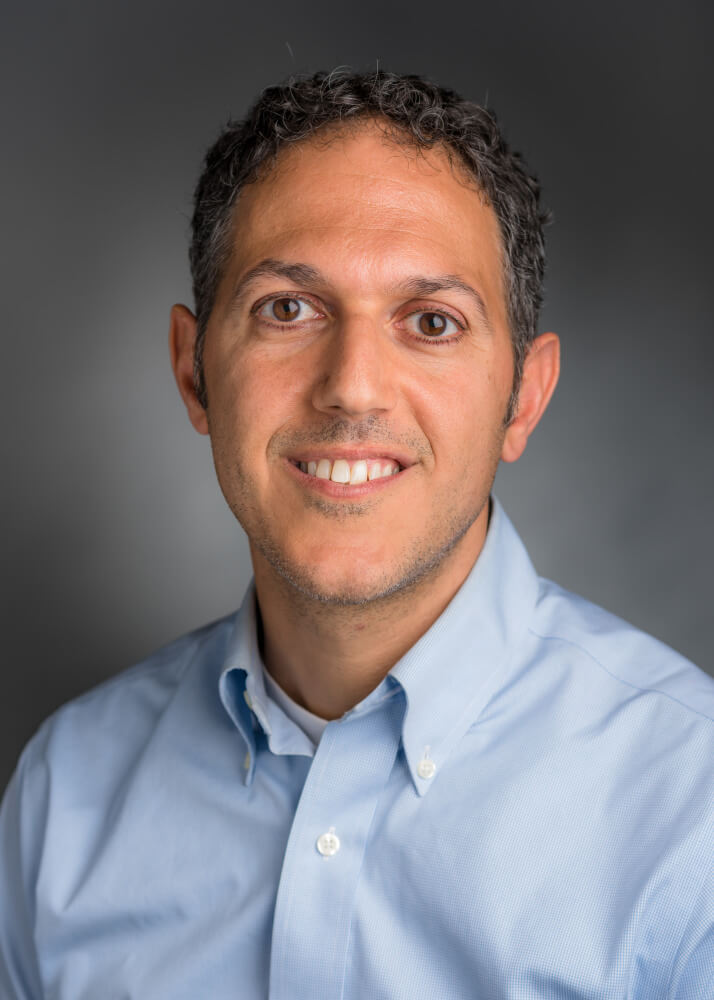A massive international effort has taken a big step toward mapping all the major cancer-causing mutations in the human genome, generating new knowledge about how tumors form.
The extensive role played by large-scale structural mutations in cancer was among the findings of the Pan-Cancer Analysis of Whole Genomes (PCAWG) Project, according to Rameen Beroukhim, MD, PhD, of Dana-Farber and the Broad Institute of MIT and Harvard. Beroukhim is co-senior author of two of 23 major papers published Feb. 5 in Nature and its affiliated journals after a decade-long study sequencing the genomes of 38 types of cancer in nearly 2,800 patients.
Rearrangements bring together pieces of the genome (the entire complement of genes in normal and cancer cells) that are normally distant from each other. A single rearrangement can lead to an amplification or deletion of hundreds or thousands of genes — abnormalities that can lead to cancer development.

“The whole genome sequencing data in PCAWG is particularly useful for the study of rearrangements because it covers the whole genome,” Beroukhim explains.
He and his colleagues identified 52 regions of the genome that are preferentially broken by rearrangements, often because those regions contain cancer genes.
“We also identified 90 pairs of genomic loci that were brought together by rearrangements more often than expected, again suggesting these contribute to cancer,” Beroukhim explains.
Until recently, research on the cancer genome was focused on just the 1% of the genes that carry the code for making proteins. The new project took on the remaining vast number of genes that don’t code for proteins but may be involved in regulating genes.
One finding of the project was that, on average, the genome of cancer cells contains four or five “driver” mutations — that is, alterations that are the principal genetic abnormalities causing cancerous growth and survival of tumors. However, in about 5% of cases, no drivers were identified.
Using the data generated by the project, 16 working groups examined multiple aspects of cancer development, causation, progression, and classification, confirming previous findings and identifying a large diversity of molecular processes that generate cancer-causing mutations.
“It was heartening that this very large group was able to bring together disparate resources and work to come up with some groundbreaking findings,” says Beroukhim.
Scientists who led the study say that this abundance of new information should help with the development of new tools and therapies to detect cancer earlier, create additional targeted therapies, and treat patients more successfully.
